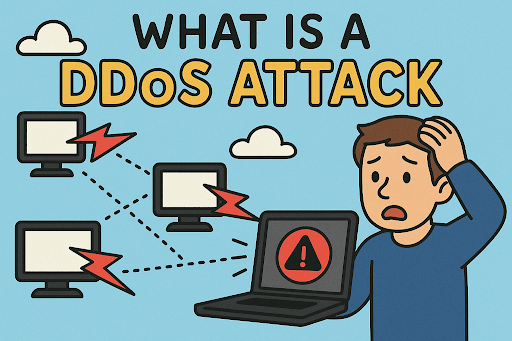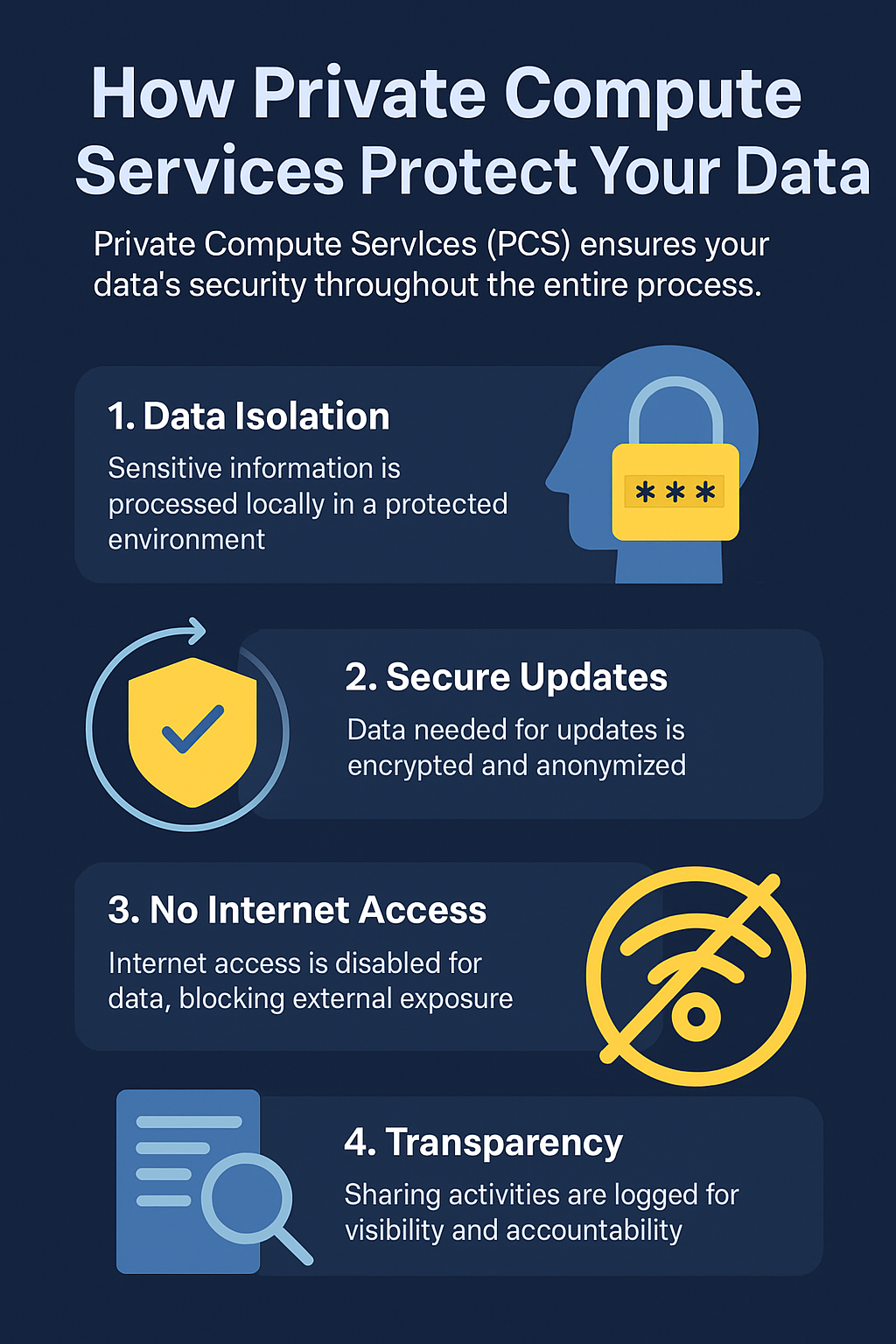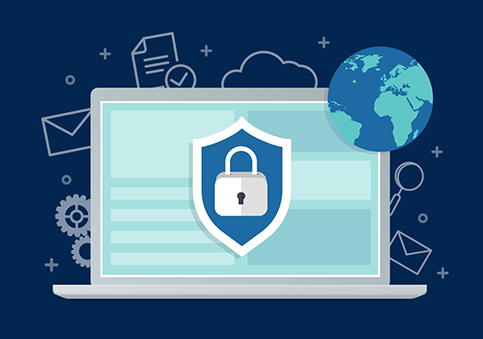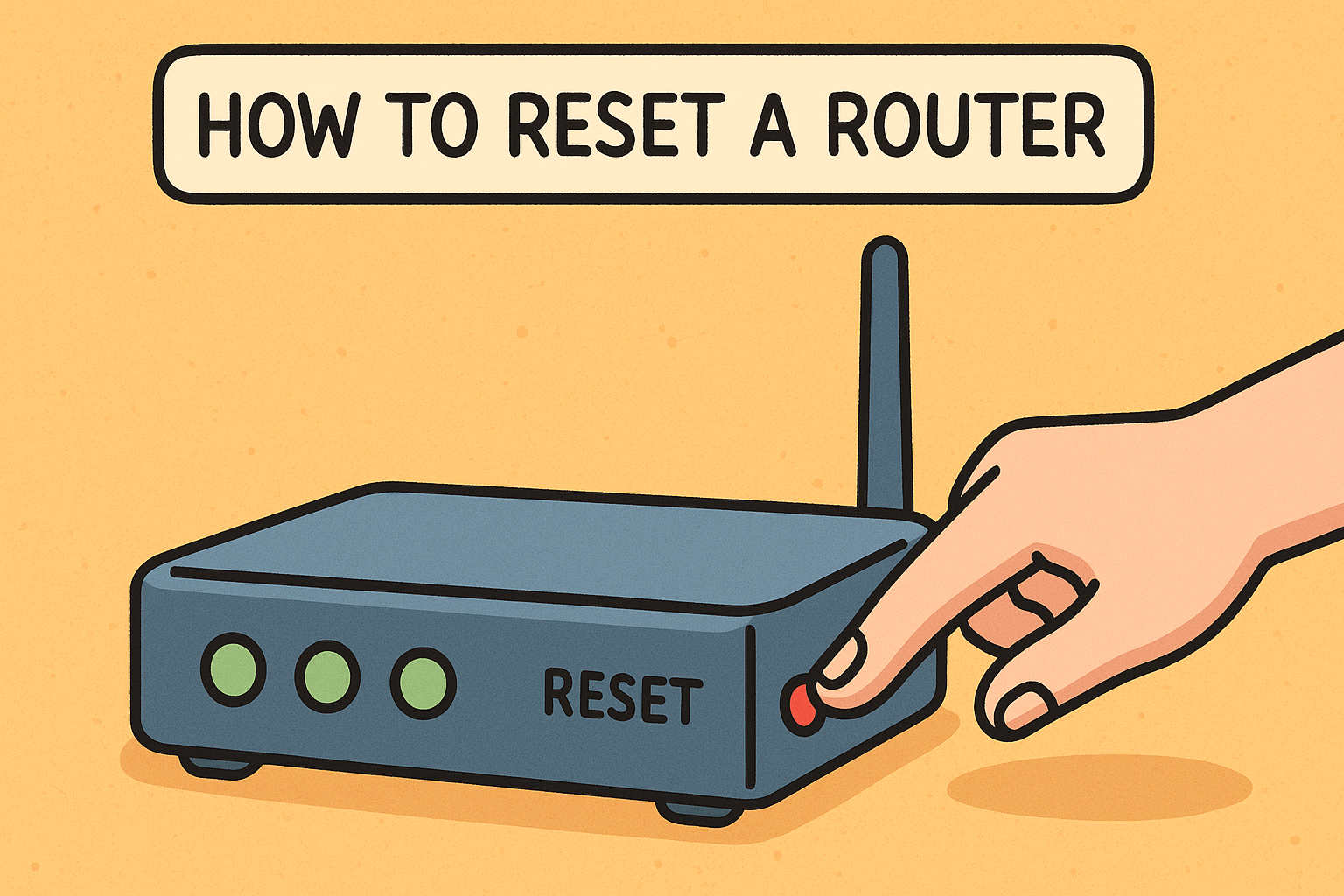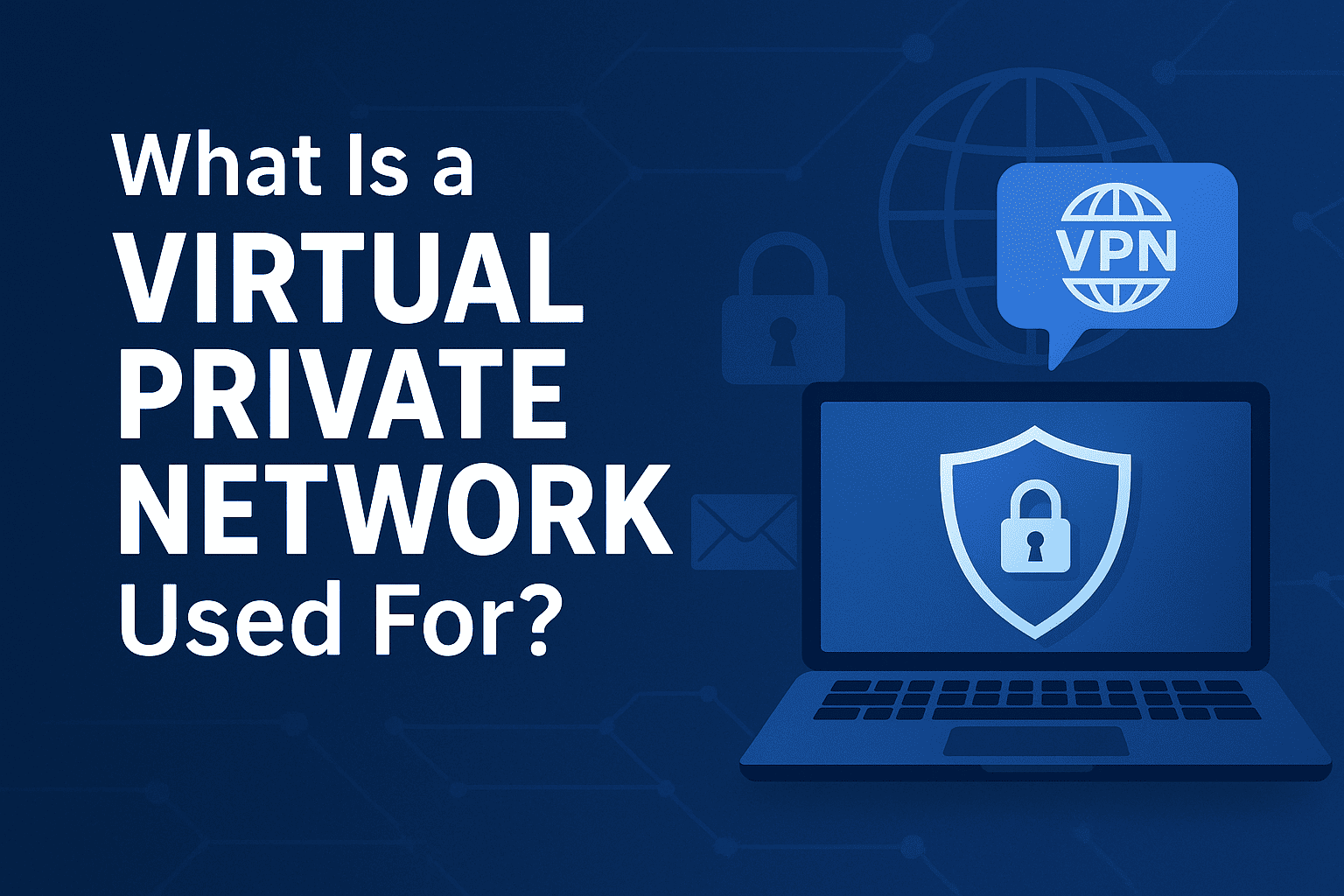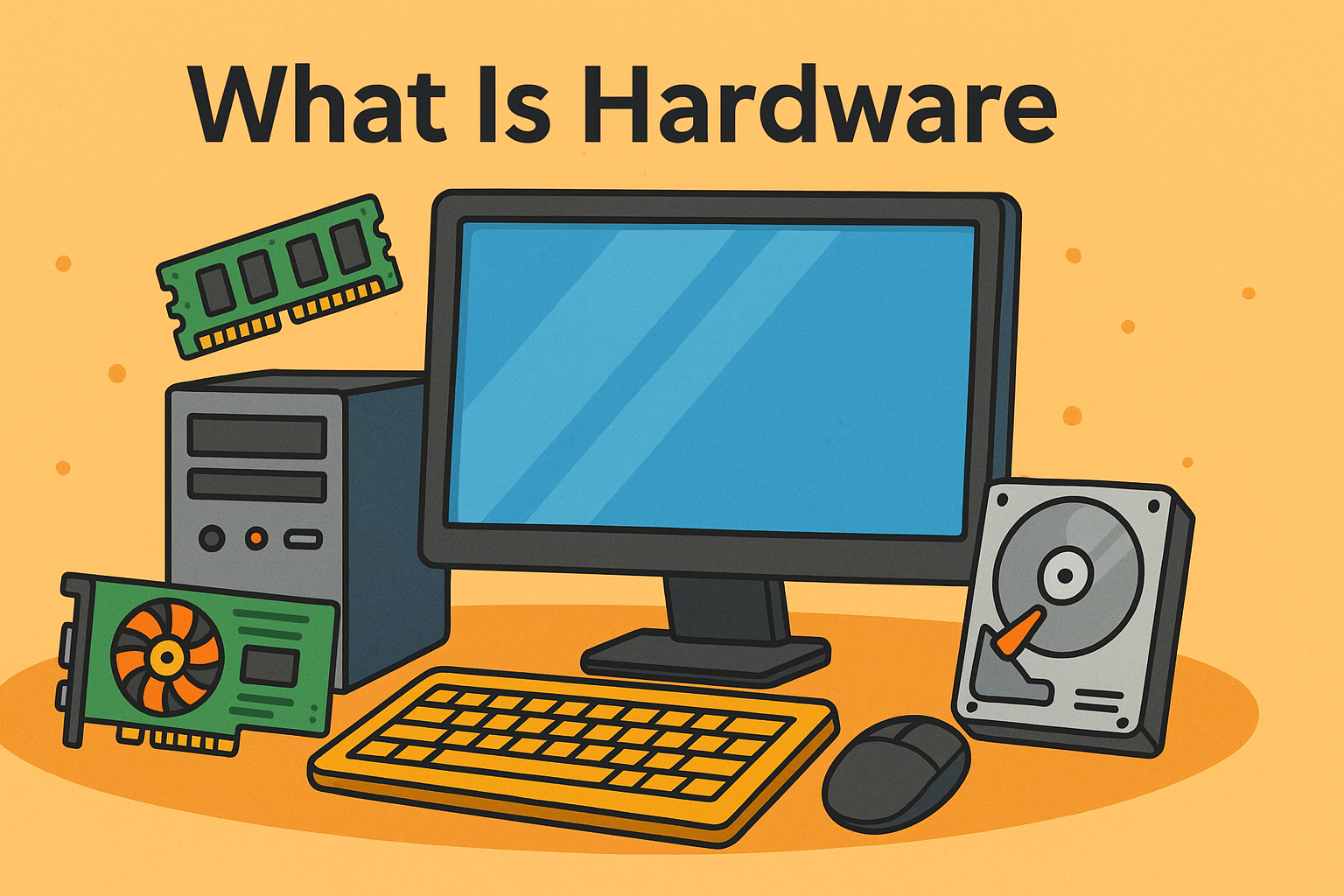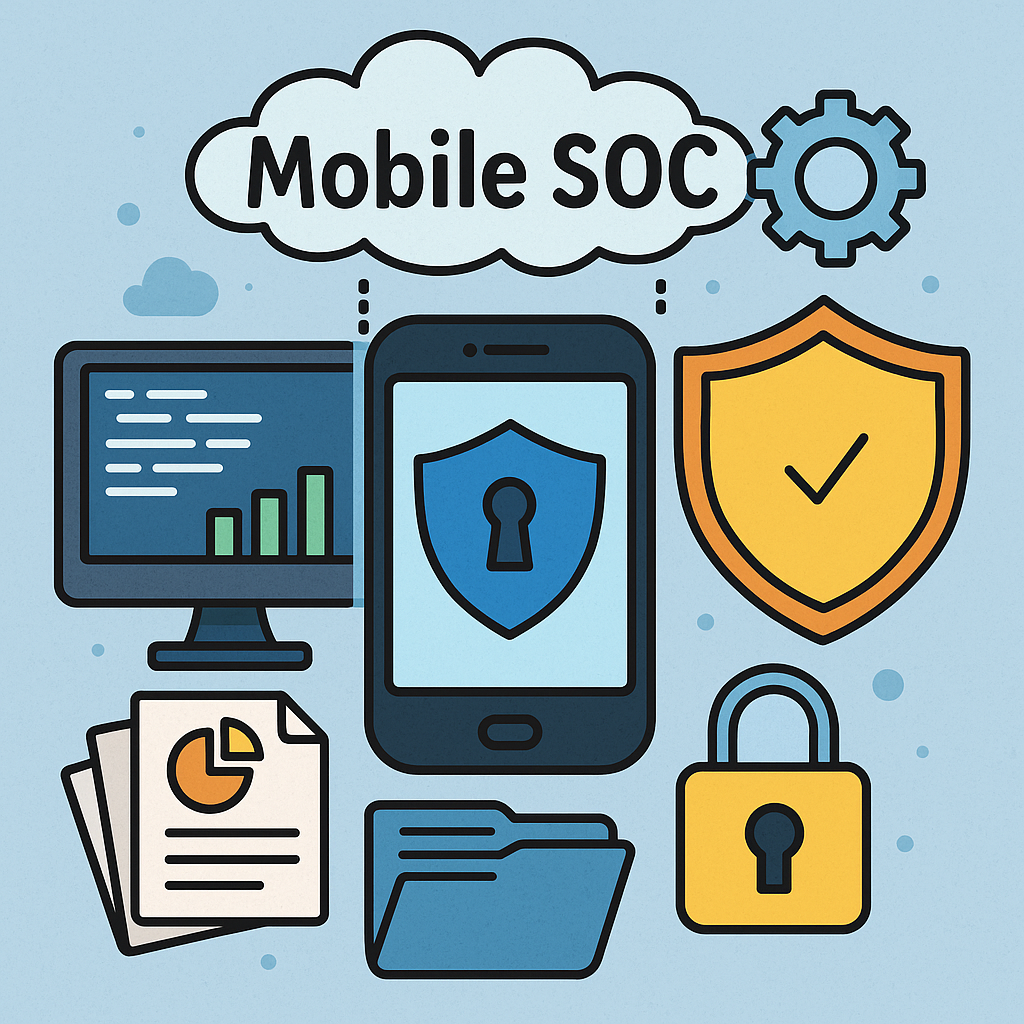What Is PaaS? Understanding Platform as a Service in Today’s Cloud Ecosystem
Updated on August 5, 2025, by Xcitium
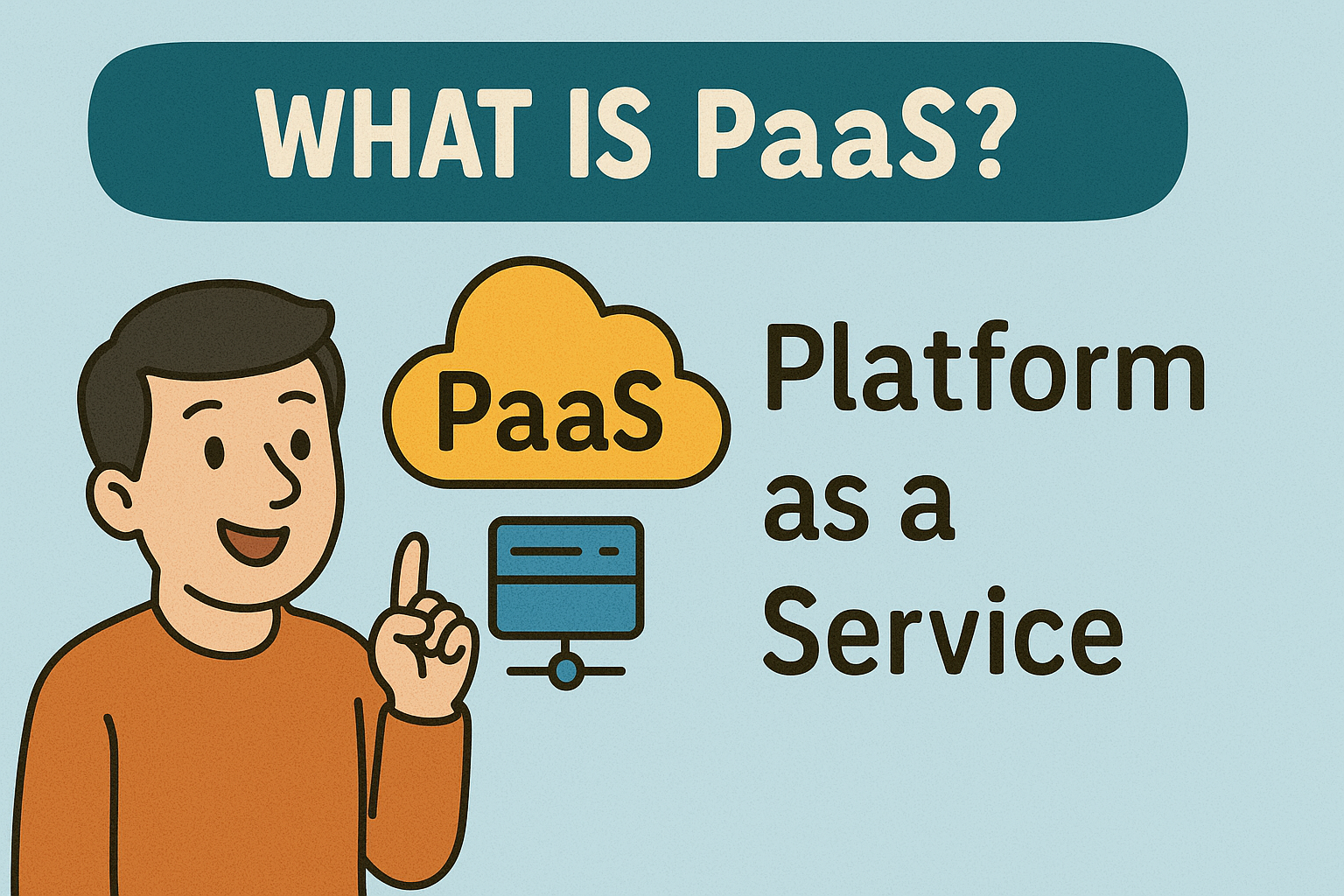
In a world where agility and innovation drive success, businesses are rapidly adopting cloud computing models to streamline operations. One question often arises: What is PaaS? Short for Platform as a Service, PaaS is a cloud delivery model that provides a framework for developers to build, test, deploy, and manage applications—without worrying about underlying infrastructure.
Whether you’re an IT manager overseeing tech strategy or a CEO exploring digital transformation, understanding PaaS can help your organization scale smarter and faster.
What Is PaaS?
PaaS (Platform as a Service) is a category of cloud computing that delivers hardware and software tools—typically those needed for application development—over the internet. A PaaS provider hosts the hardware and software on its own infrastructure and makes it available to users via the cloud.
Key Characteristics of PaaS:
- Fully managed infrastructure
- Application development frameworks
- Middleware, databases, and development tools
- Scalability and flexibility
- Built-in security features
How Does PaaS Work?
PaaS solutions work by abstracting infrastructure and providing an environment where developers can focus solely on writing code. The PaaS provider manages everything from server provisioning and storage to networking and runtime environments.
Core Components of PaaS Include:
- Operating systems
- Middleware
- Development frameworks (like .NET, Java)
- Database management systems
- DevOps tools for CI/CD
- Monitoring and analytics
Unlike IaaS (Infrastructure as a Service), which provides raw infrastructure, or SaaS (Software as a Service), which delivers fully developed software, PaaS sits in the middle—empowering developers with ready-to-use components while abstracting hardware concerns.
Key Benefits of Using PaaS
Adopting PaaS offers several strategic benefits for enterprises and startups alike.
1. Faster Development and Deployment
Developers can move from concept to deployment quickly thanks to prebuilt tools and infrastructure.
2. Cost-Efficiency
No need to invest in physical servers or software licensing. You pay only for what you use.
3. Automatic Updates and Maintenance
The PaaS provider handles platform maintenance, allowing internal teams to focus on innovation.
4. Scalability
PaaS platforms can scale applications horizontally or vertically to match usage demands.
5. Collaborative Development
Teams across geographies can collaborate in real-time through cloud-hosted environments.
Examples of Popular PaaS Providers
Some of the most recognized Platform as a Service providers include:
- Google App Engine
- Microsoft Azure App Services
- Heroku
- IBM Cloud Foundry
- Red Hat OpenShift
- AWS Elastic Beanstalk
Each offers unique features tailored for different programming languages and business needs.
PaaS vs IaaS vs SaaS: Understanding the Differences
| Feature | IaaS | PaaS | SaaS |
| Target Users | IT Admins | Developers | End Users |
| Management | You manage most | Provider manages platform | Fully managed by provider |
| Examples | AWS EC2, Azure VM | Google App Engine, Heroku | Salesforce, Google Workspace |
Real-World Applications of PaaS
PaaS is widely used across industries for a variety of purposes:
- Web application development
- API development and management
- IoT backend services
- Mobile app hosting
- AI and machine learning applications
Challenges and Considerations
While PaaS offers tremendous value, it’s not without challenges:
- Vendor lock-in due to proprietary tools
- Security and compliance risks if sensitive data is stored on shared platforms
- Limited customization compared to managing your own infrastructure
Choosing the right PaaS solution depends on your team’s technical needs, budget, and long-term scalability goals.
How PaaS Impacts Cybersecurity and Online Security
For IT and security professionals, understanding how PaaS platforms secure environments is crucial. Top-tier PaaS providers offer:
- Role-based access control (RBAC)
- Encrypted communications (SSL/TLS)
- Regular security patches and audits
- Data redundancy and disaster recovery options
Organizations must ensure that their chosen PaaS vendor complies with standards like ISO 27001, SOC 2, or GDPR based on their industry.
Best Practices for Adopting PaaS
- Start with a small pilot project
- Choose a provider with robust security and support
- Monitor usage and cost metrics
- Train developers on the specific PaaS tools
- Develop a migration plan for scaling applications
Future of PaaS in the Cloud-First Era
With the rise of AI, serverless computing, and edge computing, the role of PaaS is expanding. New-age PaaS solutions integrate machine learning toolkits, containerization (Docker, Kubernetes), and even blockchain services, making them even more valuable to developers and enterprises.
Final Thoughts: Is PaaS Right for Your Business?
Whether you’re scaling a startup or modernizing legacy applications, Platform as a Service could be the bridge between agility and innovation. It’s flexible, secure, cost-effective, and ideal for cloud-native development in an increasingly competitive market.
Call to Action
Looking to secure and scale your cloud development with the right cybersecurity framework?
👉 Request a Demo with Xcitium Today
FAQs: What Is PaaS?
- What are the differences between PaaS, IaaS, and SaaS?
PaaS provides a development environment; IaaS offers infrastructure resources; SaaS delivers end-user software. - Is PaaS secure for sensitive business applications?
Yes, if you choose a reputable provider that complies with industry security standards and implements strong access controls. - Can I customize my environment with PaaS?
Yes, but with some limitations depending on the provider’s architecture. - Who should use PaaS?
Ideal for developers, DevOps teams, and companies looking to rapidly deploy and scale applications without managing infrastructure. - What industries use PaaS the most?
Finance, healthcare, e-commerce, logistics, and software development are top adopters.



